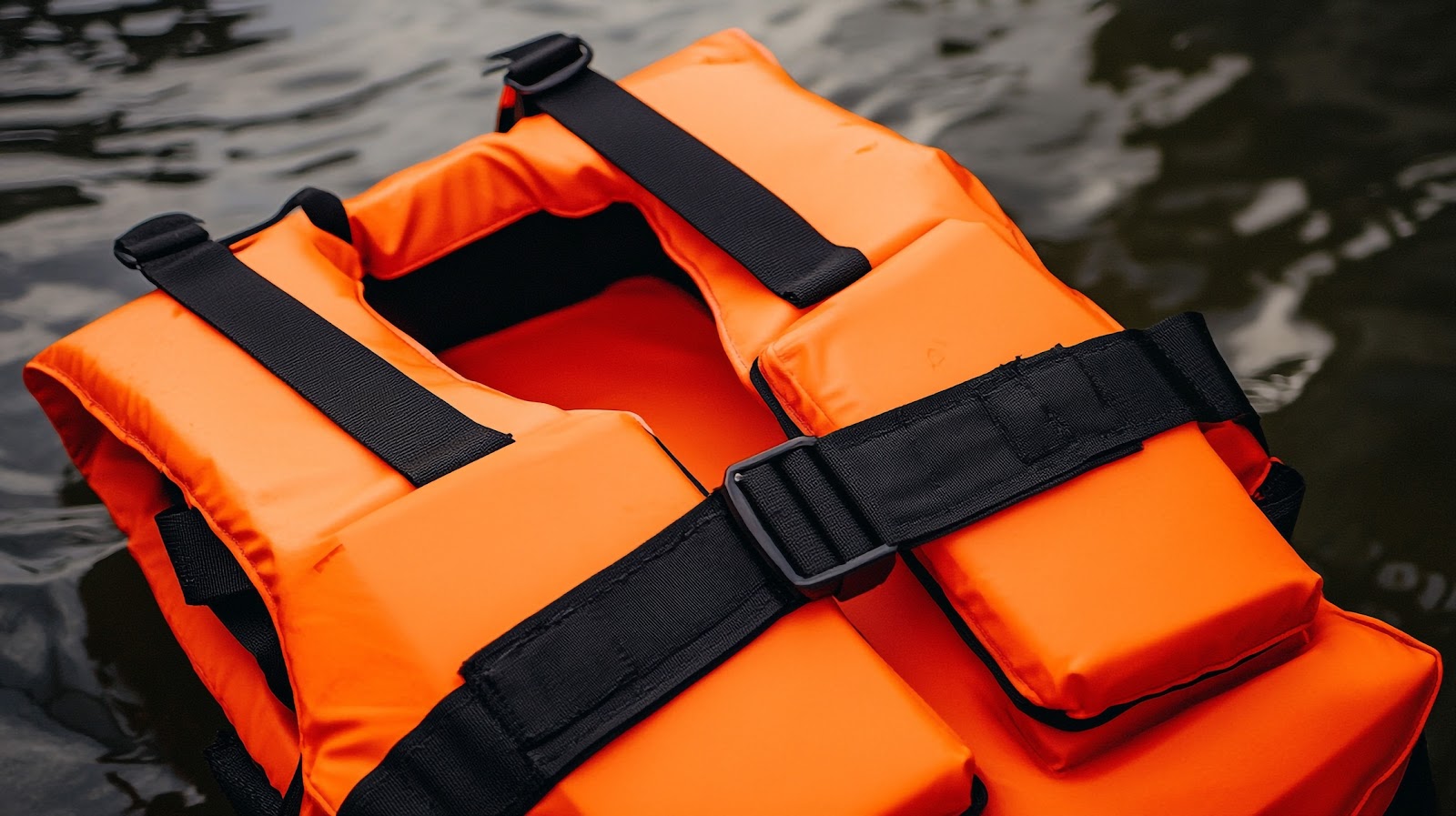Background of the Case
The dispute arose from a maritime insurance contract between Raiders Retreat Realty, a Pennsylvania-based company, and Great Lakes Insurance, headquartered in the United Kingdom. The insurance policy, which covered a boat owned by Raiders that later ran aground, included a choice-of-law provision designating New York law for any future disputes. When a claim was denied by Great Lakes, citing a breach of contract by Raiders, a legal battle ensued over which state's law should apply; Pennsylvania, where the lawsuit was filed, or New York, as specified in the contract.
The Ruling
The opinion of the Court underscored the primacy of federal maritime law in governing such disputes. The ruling unequivocally supports the presumption that choice-of-law provisions in maritime contracts are enforceable, offering clarity and predictability for parties involved in maritime commerce. This decision emphasizes the importance of respecting contractual agreements regarding jurisdictional law, thereby reinforcing the sanctity of contract law in maritime disputes.
Insurance Implications
As vessels tend to move about, the idea of determining appropriate jurisdictions would be difficult and costly in some cases. Allowing the clause to stand is going to remove a potential topic of debate when tough claims come in.
As of recent, we have found a general movement in the marketplace to a neutral choice-of-law state as opposed to variation as the home state of the insured. This is likely to continue, and with insurers paying more attention to the topic, it might be an area of negotiation going forward. Those negotiations would necessarily include at least considering the potential for which if any of the exceptions would apply to any decision made.
Narrow Exceptions to the Rule
1. Contravention of a Controlling Federal Statute
(see Knott v. Botany Mills, 179 U.S. 69, 77 (1900))
If applying the law chosen by the parties would contravene a controlling federal statute, the choice-of-law provision cannot be enforced. This means that even if a contract selects a particular jurisdiction's law, that choice cannot lead to outcomes explicitly forbidden by federal law.
2. Conflict with Established Federal Maritime Policy
(see The Kensington, 183 U.S. 263, 269–271 (1902))
The choice of law must also not conflict with established federal maritime policies. Federal maritime law aims to provide (and sometimes actually provides) uniformity and predictability across the nation's navigable waters. If enforcing a choice-of-law provision would undermine these fundamental goals—such as exempting a party from liability for negligence in a manner that federal maritime law prohibits—then the provision may not be enforceable. This exception aligns with the judiciary's role in maintaining a coherent and consistent maritime legal framework supporting national and international interests in maritime commerce.
3. Absence of a Reasonable Basis for the Chosen Law
(see Cf. Carnival Cruise, 499 U. S., at 594–595; The Bremen, 407 U. S., at 10, 16–17.)
This exception is designed to prevent the arbitrary selection of a legal jurisdiction with no substantive connection to the parties or the contract. The rationale behind this exception is to ensure fairness and to avoid situations where the choice of law would significantly disadvantage one party over another without a legitimate reason. While the Court emphasizes deference to the parties' agreement, selecting a jurisdiction's law purely for its perceived advantages, without any rational connection to the dispute, could lead to unenforceability.
This post aims to provide a comprehensive overview of the Supreme Court's decision and its implications for the insurance industry. As always, parties involved in maritime contracts should consult with legal experts to fully understand how this ruling may impact their operations and legal strategies.










